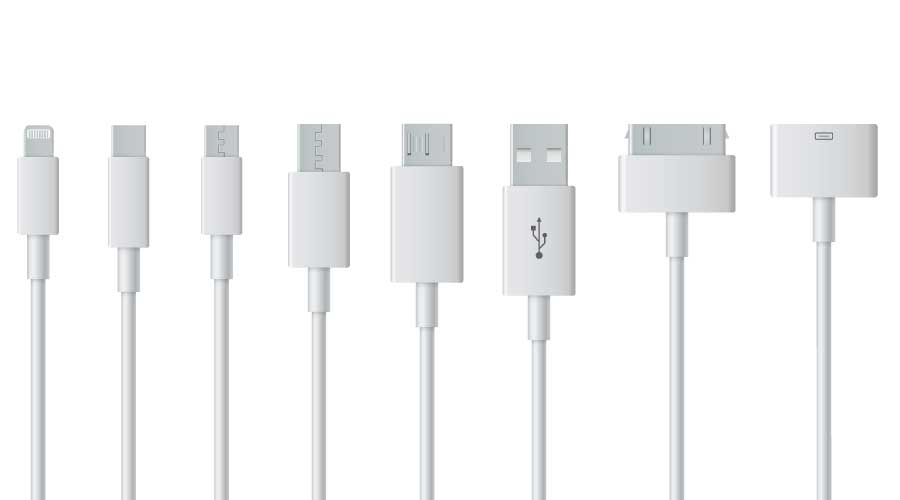Portable technology devices have become an indispensable part of the healthcare system. Smartphones have replaced pagers, tablets have replaced computers on carts and nearly all health records are now electronic. As a result, millions of devices are traversing doctor’s offices, hospitals, and other healthcare facilities daily. Along with all these portable devices go the device chargers, and in commercial settings like healthcare, chargers can easily go missing or be stolen. While IT departments can easily monitor and track the whereabouts of phones, tablets, and laptops, device chargers are their own unique challenge and are usually impossible to track.
With multiple nurse stations and hundreds of patient rooms, the cost to replace lost or stolen phone charging blocks and cables can add up quickly. Being able to rely on the location of a charger is also critical for healthcare staff that cannot afford to miss an important phone call, text message, or email. Frustrated with the inability to properly manage device chargers, Houston Methodist put a stop to chargers being moved from location to location or taken by staff or patients by implementing Lock Socket technology.
The Houston Methodist hospital system has over 2,000 iPads distributed across eight hospitals and missing chargers and cables were preventing medical staff from providing the best patient experience. Hospital staff found that while there were options available for securing iPhone chargers, the locking solutions available for iPad chargers were limited to non-existent. Lock Socket was the option that the hospitals needed to ensure that iPads could be reliably charged.
Lock Socket eliminates the hassle of having a phone or tablet charger stolen or lost with an innovative and easy solution. Lock Socket secures OEM iPhone, iPad, or Samsung charging blocks and cables to any standard or Decora wall plate, and custom locks are available upon request. Setting up Lock Socket takes six steps. Plug the charging cable into the charging block, thread the cable through the Lock Socket and secure the Lock Socket on the charging block. Remove the screw from the outlet plate cover, plug in the charger and install the included Lock Socket security screw with the provided Allen Key, completing the process. Lock Socket secures the charging block for devices to wall outlets and ensures that the charging cable remains in place as well.
In addition to Houston Medical Center, Lock Socket charger locks are used by healthcare institutions across the U.S. including Edward-Elmhurst Medical Facility and Pavilion at the Hospital of the University of Pennsylvania

 How Efficiency Checklists Help Hospitals Save Energy, Water and Money
How Efficiency Checklists Help Hospitals Save Energy, Water and Money Designing with Heart: Seen Health Center Blends Cultural Warmth and Clinical Care
Designing with Heart: Seen Health Center Blends Cultural Warmth and Clinical Care Rutgers Health and University Hospital Breaks Ground on Campus Expansion
Rutgers Health and University Hospital Breaks Ground on Campus Expansion What to Consider When Modernizing Healthcare Facilities
What to Consider When Modernizing Healthcare Facilities Corewell Health Beaumont Troy Hospital to Build New Tower
Corewell Health Beaumont Troy Hospital to Build New Tower